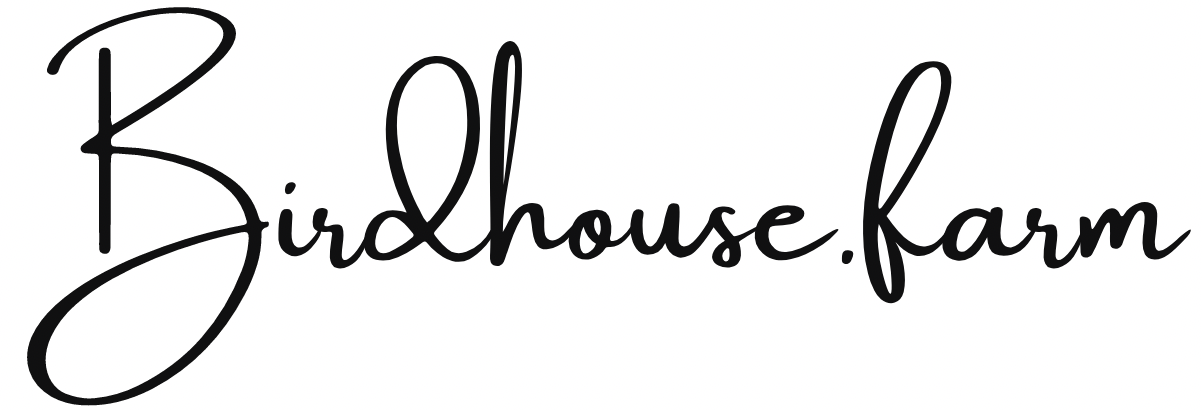The Magic of Fireflies: How Letting Your Lawn Grow Can Attract These Enchanting Insects in Kansas
Kansas summers are often painted with the shimmering lights of fireflies, creating a mesmerizing dance at dusk. These tiny bioluminescent beetles not only enchant us with their glow but also play a crucial role in our ecosystem. However, their numbers are dwindling due to habitat loss and environmental changes. One simple yet effective way to help bring back these magical creatures is by rethinking how we manage our lawns. Let’s explore how not mowing or diversifying your lawn can attract fireflies in Kansas.
Understanding Fireflies
Fireflies, also known as lightning bugs, are members of the beetle family Lampyridae. They thrive in moist, warm environments and rely on specific habitats to complete their life cycle. During their larval stage, fireflies live in the soil or leaf litter, preying on snails, slugs, and other small invertebrates. As adults, they emerge to perform their characteristic light displays, which are part of their mating rituals.
The Impact of Traditional Lawns
Traditional lawns, characterized by short, frequently mowed grass, are often inhospitable to fireflies. Here’s why:
Habitat Destruction: Regular mowing and the use of pesticides eliminate the leaf litter and moist environments that firefly larvae need to survive.
Reduced Biodiversity: Monoculture lawns lack the diverse plant life necessary to support a range of insects, including fireflies and their prey.
Light Pollution: Bright, artificial lights can disrupt fireflies' mating signals, making it difficult for them to reproduce.
Benefits of Letting Your Lawn Grow
Allowing your lawn to grow naturally and diversify can create an ideal habitat for fireflies. Here’s how:
Increased Moisture Retention: Taller grass and a variety of plants help retain soil moisture, creating a more suitable environment for firefly larvae.
Enhanced Habitat: Leaf litter and plant diversity provide shelter and food sources for firefly larvae and other beneficial insects.
Reduced Light Pollution: Embracing a more natural, less manicured lawn can also mean fewer outdoor lights, which benefits fireflies’ mating habits.
Steps to Create a Firefly-Friendly Lawn
Reduce Mowing Frequency: Let your grass grow taller by mowing less often. Aim for a height of at least 4-6 inches, which helps maintain soil moisture and provides habitat for larvae.
Introduce Native Plants: Plant native wildflowers and grasses to increase biodiversity. Native plants are well-adapted to local conditions and provide food and shelter for a variety of insects.
Create Leaf Litter Zones: Allow some areas of your lawn to accumulate leaf litter. This organic matter is crucial for firefly larvae and other beneficial organisms.
Limit Pesticide Use: Avoid using chemical pesticides and fertilizers. These can harm firefly larvae and other beneficial insects. Opt for organic or natural alternatives if necessary.
Reduce Outdoor Lighting: Minimize the use of artificial lights in your garden, especially during the fireflies' mating season (late spring to early summer). Use motion sensors or lower intensity bulbs if lighting is necessary.
Kansas-Specific Considerations
Kansas’ diverse landscape, from prairies to woodlands, provides an excellent opportunity to create firefly-friendly environments. Here are some tips specific to the Sunflower State:
Native Plants for Kansas: Incorporate plants such as butterfly milkweed, purple coneflower, and prairie dropseed. These native species are well-suited to Kansas’ climate and provide excellent habitat for insects.
Water Features: Fireflies are often found near water sources. Consider adding a small pond or water garden to attract these luminous insects.
Community Involvement: Engage with local conservation groups or gardening clubs to learn more about firefly conservation and share your experiences with others.
Conclusion
By letting your lawn grow and diversifying your plantings, you can create a haven for fireflies and other beneficial insects. This simple change not only enhances the beauty of your garden but also contributes to the conservation of these enchanting creatures. Imagine stepping outside on a warm Kansas evening to the twinkling lights of fireflies, knowing you’ve played a part in their return. It’s a small step with a glowing reward.
Embrace the magic of fireflies and let your lawn grow wild. Your garden will thank you, and so will the fireflies.


